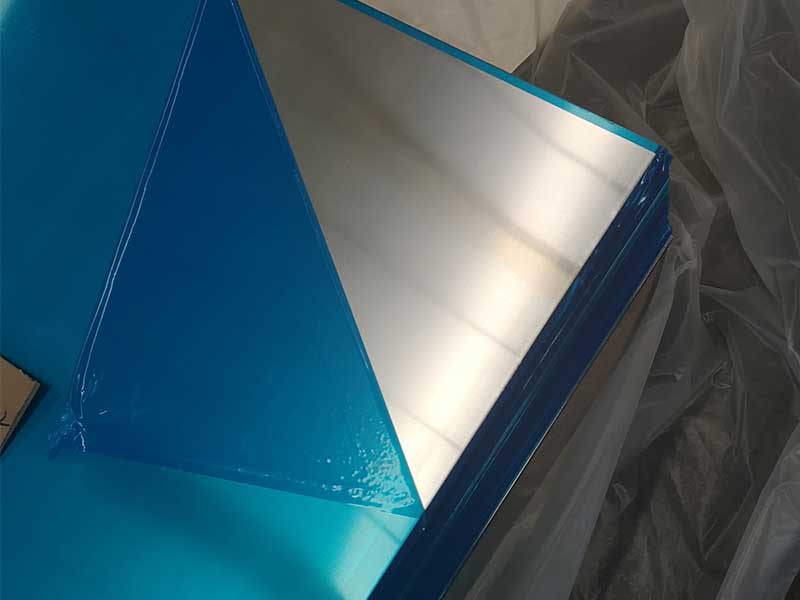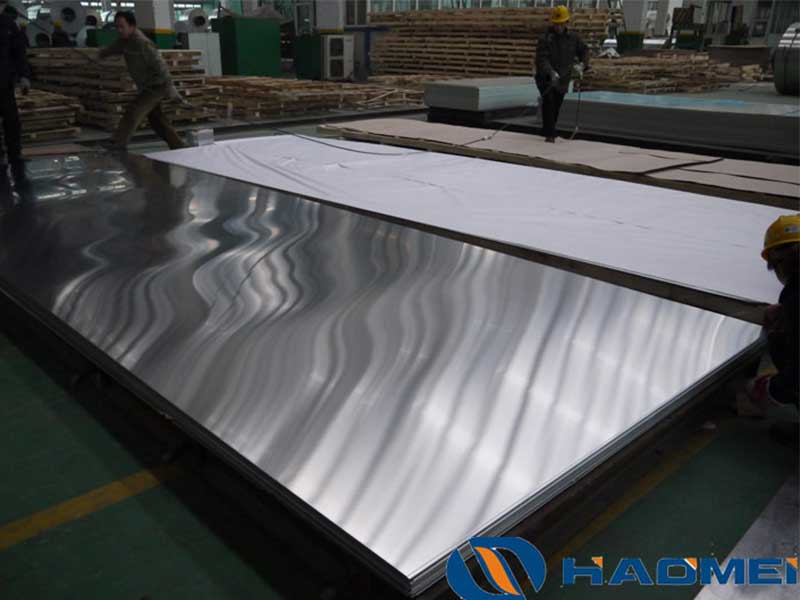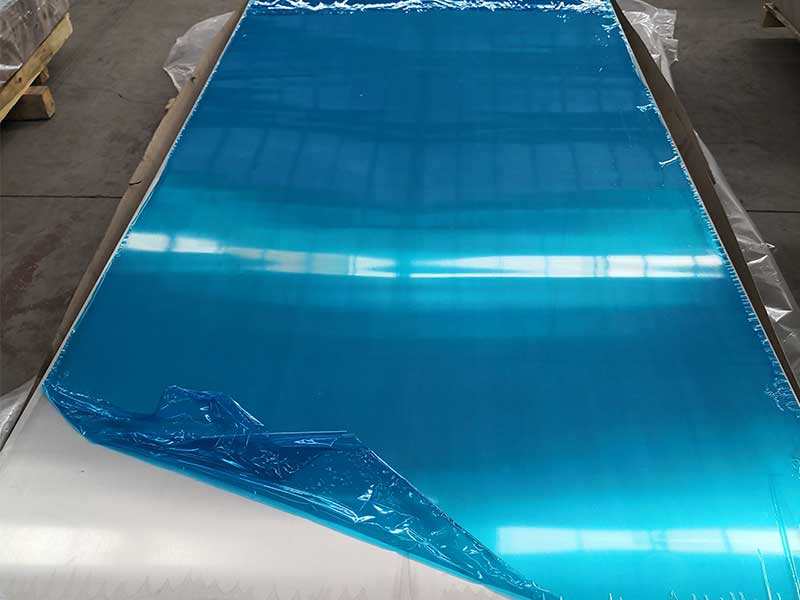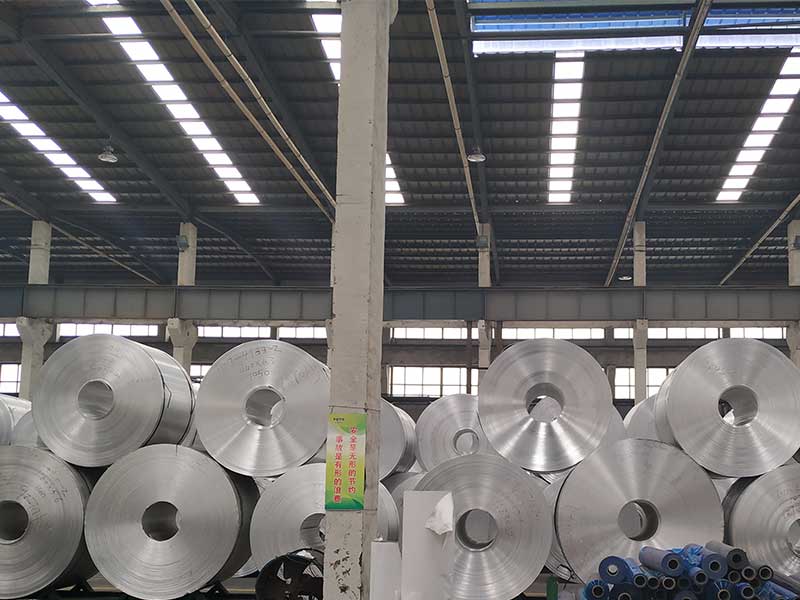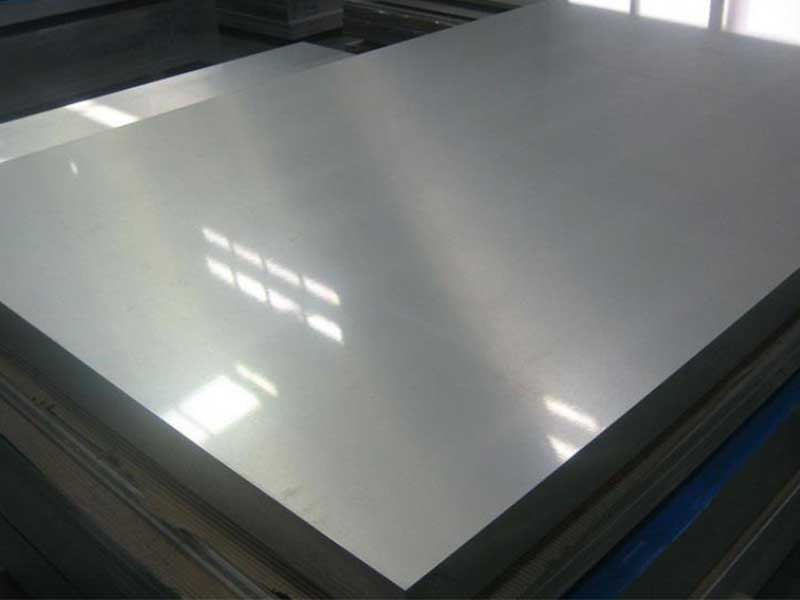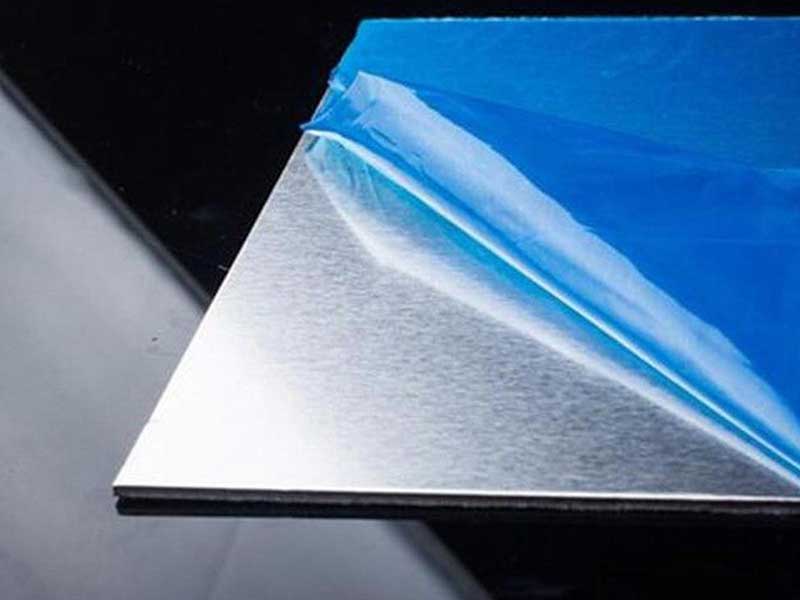1050 1060 1100 3003 5052 5754 6061 Aluminum Sheet
Aluminum sheets are the backbone of industries ranging from construction to automotive, packaging to electronics. Yet, deciding which aluminum alloy sheet to select from options such as 1050, 1060, 1100, 3003, 5052, 5754, and 6061 can be a daunting task without their subtle yet impactful differences.
The Basics: What Makes Aluminum Sheets Different?
Each aluminum alloy differs based on:
Working with 1050, 1060, and 1100 aluminum sheets daily reveals their inherent softness and excellent formability. These alloys are workhorses for applications needing deep drawing, spinning, or simple bending, like food containers or cosmetic packaging. Their high corrosion resistance is crucial, but their low strength limits their use in structural applications. We often see issues with scratching and marring during handling, demanding careful attention throughout the production process. The subtle differences – 1050 being the purest and softest, 1100 slightly stronger – dictate their suitability for specific tooling and processes. We've learned that even seemingly minor adjustments in press speeds or die design can significantly impact the final product quality, especially with the higher-purity alloys.
Conversely, the stronger alloys like 3003, 5052, 5754, and 6061 offer a different set of challenges and opportunities. 3003's improved strength makes it a popular choice for heavier-duty applications, while 5052 excels in corrosion resistance, particularly in marine environments – we often see it used in boat construction. The higher strength of 5754 and 6061, however, necessitates more powerful forming equipment and careful heat treatment to avoid cracking or warping. Maintaining consistent mechanical properties across large production runs is a focus here,
- Chemical composition: Primary alloying elements influence strength, corrosion resistance, and formability.
- Temper: How the sheet is treated (annealed, cold-rolled, etc.) determines hardness and ductility.
- Implementation standards: Norms such as ASTM, EN, or JIS outline the quality and dimensions, ensuring consistency.
these factors paints a comprehensive picture beyond simple grade names.
Group 1xxx: Almost Pure Aluminum (1050, 1060, 1100)
These alloys boast 99% or higher aluminum content.
| Alloy | Aluminum (%) | Remark | Typical Temper | Notable Properties |
|---|---|---|---|---|
| 1050 | 99.5 | Industrial-grade purity | O, H14 | Excellent corrosion resistance, high ductility, good electrical conductivity |
| 1060 | 99.6 | Commercially pure | O, H14 | Superior corrosion resistance, ideal for chemical and food industries |
| 1100 | 99.0 | Commercially pure | O, H12, H14 | Best formability and weldability among 1xxx series, moderate strength |
Distinctive Insights:If your priority is maximum corrosion resistance and electrical conductivity, 1060 is the gold standard. For applications needing better fabrication such as deep drawing, 1100’s improved strength and excellent workability come into play. The 1050 alloy serves as a cost-effective compromise suitable for decorative and light structural use.
Group 3xxx: The Manganese Alloys (3003)
| Alloy | Aluminum (%) | Alloying Element | Temper | Features |
|---|---|---|---|---|
| 3003 | ~97 | 1.2% Manganese | H14, H24 | Good corrosion resistance, moderate strength, easy to form and weld |
Distinctive Insights:3003 is often called “commercially pure with manganese.” This small addition boosts strength about 20%, maintaining excellent corrosion resistance and formability, which makes it ideal for roofing sheets, siding, and kitchen utensils.
Group 5xxx: Magnesium for Strength and Corrosion Resistance (5052, 5754)
| Alloy | Aluminum (%) | Magnesium (%) | Temper | Properties |
|---|---|---|---|---|
| 5052 | ~97.3 | 2.5 | H32, H34 | High fatigue strength, very good corrosion resistance (especially in marine environments) |
| 5754 | ~97.7 | 3.0 - 3.5 | H22, H24 | Better strength than 3003 and 5052, excellent corrosion resistance, good weldability |
Distinctive Insights:5052 is a marine and transportation favorite — it handles saltwater exposure gracefully. When structural rigidity without sacrificing corrosion resistance is vital, 5754 takes the spot over 5052, thanks to its higher magnesium content and superior mechanical properties. For lightweight truck panels or bicycle frames needing durability and formability, these alloys excel.
Group 6xxx: Versatile Aluminum-Magnesium-Silicon Alloy (6061)
| Alloy | Aluminum (%) | Magnesium (%) | Silicon (%) | Temper | Traits |
|---|---|---|---|---|---|
| 6061 | ~97.9 | 1.0 | 0.6-0.9 | T6, T651 | Excellent strength-to-weight ratio, heat treatable, good corrosion resistance, widely machinable |
Distinctive Insights:6061 is a workhorse alloy used in aerospace, automotive, and structural applications where higher strength matches lightness and corrosion resistance. Unlike soft 1xxx or 3xxx series aluminum, 6061 can be heat-treated to significantly improve strength while still maintaining decent weldability and machining capability. It's often the go-to sheet for fabricators and engineers seeking performance versatility.
Temper and Finish
- O Temper: Annealed (soft and ductile), ideal for forming.
- H1x (strain hardened): Achieves strength via cold working, lowest strength level.
- H3x: Strain hardened and stabilized.
- T6: Solution heat-treated and artificially aged for maximum strength.
- Finish Types: Mill finish, brushed, mirror polished, anodized, or painted surface finishing greatly affects performance in applications and aesthetics.
Chemical Composition at a Glance (wt%)
| Alloy | Al | Si | Fe | Cu | Mn | Mg | Cr | Zn | Ti |
|---|---|---|---|---|---|---|---|---|---|
| 1050 | Min 99.5 | ≤ 0.25 | ≤ 0.4 | ≤ 0.05 | ≤ 0.05 | ≤ 0.03 | ≤ 0.03 | ≤ 0.03 | ≤ 0.03 |
| 1060 | Min 99.6 | ≤ 0.25 | ≤ 0.35 | ≤ 0.03 | ≤ 0.03 | ≤ 0.03 | ≤ 0.03 | ≤ 0.03 | ≤ 0.03 |
| 1100 | Min 99.0 | ≤ 0.95 | ≤ 0.95 | ≤ 0.05 | ≤ 0.05 | ≤ 0.03 | ≤ 0.03 | ≤ 0.03 | ≤ 0.03 |
| 3003 | Rest | ≤ 0.6 | ≤ 0.7 | ≤ 0.05 | 1.0 - 1.5 | ≤ 0.1 | ≤ 0.1 | ≤ 0.1 | ≤ 0.1 |
| 5052 | Min 97.3 | ≤0.25 | ≤0.4 | ≤0.1 | ≤0.1 | 2.2-2.8 | 0.15-0.35 | ≤0.1 | ≤0.15 |
| 5754 | Rest | ≤0.4 | ≤0.5 | ≤0.3 | 0.5-1.0 | 3.0-3.5 | ≤0.3 | ≤0.2 | ≤0.2 |
| 6061 | Rest | 0.4-0.8 | 0.7 max | 0.15-0.4 | 0.7-1.3 | 0.8-1.2 | 0.04-0.35 | 0.25 max | 0.15 max |
Implementation Standards
These aluminum sheets conform to well-known standards such as:
- ASTM B209 (Aluminum and aluminum-alloy sheet and plate)
- EN 573-3, EN 485-2 (European standards for chemical composition and mechanical properties)
- JIS H4000 (Japanese Industrial Standard for aluminum sheet)
Adhering to such benchmarks guarantees reliability and interchangeability in global markets.
| Application | Recommended Alloy(s) | Typical Temper | Benefit |
|---|---|---|---|
| Electrical conduits/pipes | 1050, 1060 | O, H14 | Excellent electrical conductivity |
| Decorative & lightweight | 1100 | O, H14 | Easy forming, good surface finish |
| Roofing & siding | 3003 | H14 | Moderate strength, good corrosion resistance |
| Marine & transportation | 5052 | H32, H34 | High corrosion resistance |
| Structural panels | 5754 | H22, H24 | Improved strength and weldability |
| Aircraft & automotive parts | 6061 | T6, T651 | High strength and machinability |
Final Thoughts
Choosing between 1050, 1060, 1100, 3003, 5052, 5754, and 6061 aluminum sheets boils down to balancing strength, flexibility, corrosion resistance, workability, and cost. Using thin tables of elemental composition combined with temper treatments, these alloys cater to diverse industrial demands. Whether it’s the purest conductivity or hardest strength, aluminum alloys deliver tailored solutions with high reliability.
these nuances through quality properties and standards not only ensures optimum performance but extends the longevity and value of your project. For best outcomes, always source from reputable suppliers offering certified sheets with traceable documentation.
Author: , Expert Materials Engineer specializing in Aluminum Alloys and Industrial Fabrication
1050 1060 1100 3003 5052 5754 6061
https://www.al-alloy.com/a/1050-1060-1100-3003-5052-5754-6061-aluminum-sheet.html


